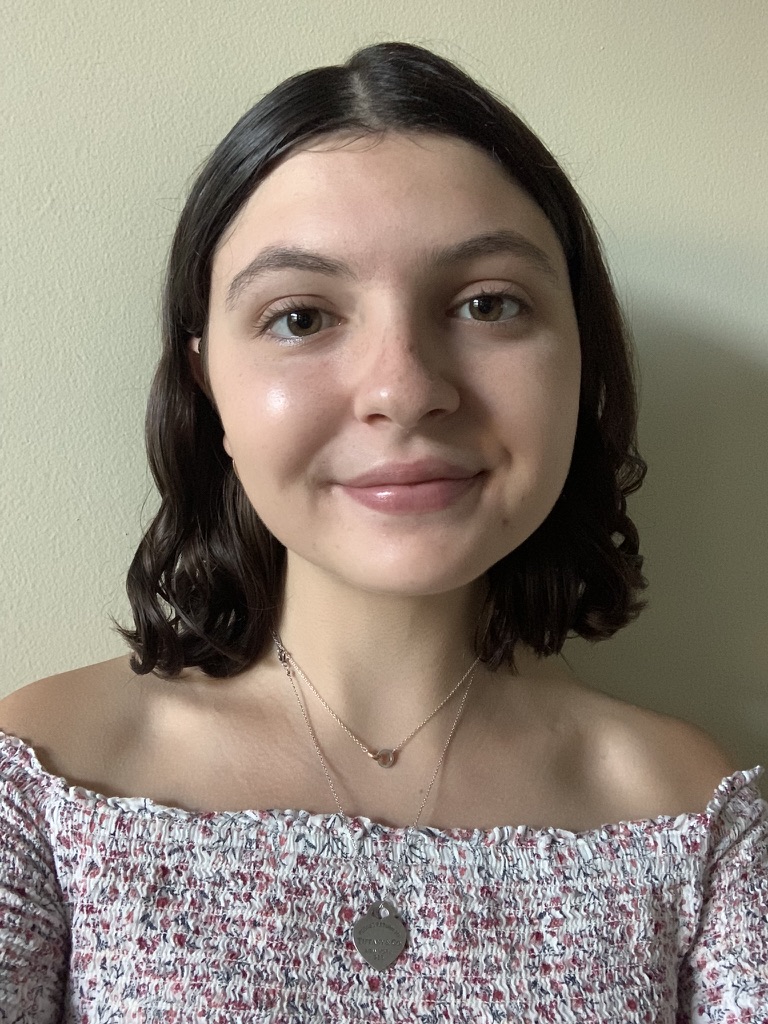Research Symposium
25th annual Undergraduate Research Symposium, April 1, 2025
Bailee Simmers Poster Session 1: 9:30 am - 10:30 am/ Poster #53

BIO
Hi, I'm Bailee Simmers, a freshman from Wellington, Florida, majoring in Physics and Astrophysics. I find the world of physics fascinating, and my research experience has only reinforced this passion. While my poster focuses on particle physics, my primary interest lies in exoplanetary research. After earning my undergraduate degree, I plan to pursue graduate studies with the goal of working in the space industry. Outside of research, I am involved in the Women in Physics & Astrophysics Association at FSU. In my free time, I enjoy exploring coffee shops, re-reading/re-watching Harry Potter, & rollerblading.
Identifying reactions in 𝞬p→𝛑-𝛑+𝛑0p
Authors: Bailee Simmers, Dr. Edmundo BarrigaStudent Major: Physics & Astrophysics
Mentor: Dr. Edmundo Barriga
Mentor's Department: Physics Mentor's College: Florida State University Co-Presenters:
Abstract
GlueX is a particle physics experiment located in Hall D at Thomas Jefferson National Accelerator Facility in Newport News, Virginia. GlueX started collecting data in 2017 and it is currently gathering more. The experiment's primary goal is to search for hybrid mesons, while also trying to get a better understanding of the light meson spectrum. GlueX allows the reconstruction of exclusive final states. When a reaction is produced, the GlueX detector must be able to measure and then identify the created particles. Once the final state particles are identified, they can be further analyzed. This allows us to identify the intermediate states from which these particles come from. The goal of my project is to analyze a portion of the data produced by the GlueX experiment. The data sample consists of the final state 𝛑-𝛑+𝛑0p. Throughout the project, we distinguish different intermediate states present in the data, specifically 𝝎. We study these particles by selecting them or removing them from the sample. We analyze the effects of the cut and selection by looking at mass distribution and correlation plots. We describe the effects of the cut/selection by extracting the 𝝎 yield from the sample.
Keywords: Physics, Particle Physics, Hadronic Physics


